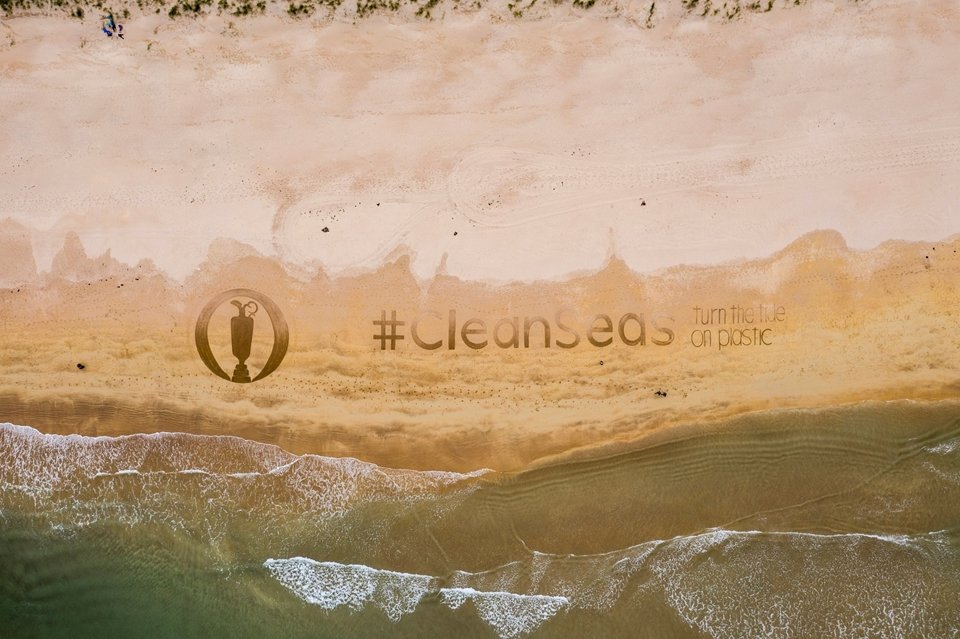
A list of old tom morris courses
Alyth Golf Club
Anstruther Golf Club
Arbroath Golf Links
Askernish Golf Club
Bridge of Allan Golf Club
Callander Golf Club
Carnoustie Golf Links (Championship)
Crail Golfing Society (Balcomie Links)
Crieff Golf Club (Ferntower)
Cruden Bay Golf Club
(Championship Course)
Cruden Bay Golf Club (St
Olaf Course)
Cullen Links Golf Club
Dunbar Golf Club
Dunkeld and Birnam Golf
Club
Forfar Golf Club
Glasgow Golf Club
The Golf House Club
Helensburgh Golf Club
Kinghorn Golf ClubKing James VI
Golf Club
Kingussie Golf Club
Kirkcaldy Golf Club
Ladybank Golf Club
Lanark Golf Club
Leslie Golf Club
Leven Links Golf Course
Luffness New Golf Club
Lundin Golf Club
Machrihanish Golf Club (Championship)
Montrose Golf LinksMoray Golf Club (old course)Muirfield[b]Nairn Dunbar Golf ClubNairn Golf ClubNewtonmore Golf ClubNorth Berwick
Golf Club (The West Links)North Inch Golf CoursePanmure Golf ClubPrestwick Golf Club[c]The Royal Burgess Golfing Society of EdinburghRoyal Dornoch
Golf ClubScotscraig Golf ClubSt Andrews Ladies’ Putting
Club (The Himalayas)[d]St Andrews Links
(Jubilee Course)St Andrews Links (New
Course)St Andrews Links (Old
Course)[b]Stirling Golf ClubStrathpeffer Spa Golf ClubTain Golf ClubTarland Golf ClubThornhill Golf ClubThe West Kilbride Golf Club

Emission reductions: carbon emissions created from all golf course activities can be reduced.
Use clean renewable energyTry and use recycled materials where possible and avoid single-use plastics and materials that will end up in landfill.Shorten supply chains and the amount of transportation, buy local produce as much as possible for food menus as an example.
Using solar panels for energy, ensuring a switch to all electric golf carts, focusing on using recyclable materials and general responsible management will all play an important role in better resource management and are already in place by the more advanced sustainable golf clubs.
Carbon storage: by conservation of its natural environment, golf clubs can maximise their ecosystem through naturalisation which has a number of environmental benefits. Planting native trees, protecting wildlife habitats and natural areas. This can also help reduce carbon footprint by producing natural offsetting.
Chemical usage: reducing the use of pesticides by cultivating a more natural growth of grass on the course. This may mean that the pristine manicured greens won't be as prevalent but creating sustainable turf will also reduce water use.
All the reports suggest that clubs can also benefit from the economic benefits as reducing the use of fertilizers, finding way to use the least chemicals, reducing the usage of natural resources, having less waste etc will all help to reduce costs for golf clubs whilst also ensuring they are part of a sustainable future.
The wider golf community all need to contribute, ask your local club what initiatives they are undertaking, bring a water bottle with you when you play instead of buying plastic bottled water and support /encourage your club’s efforts.
The pro shops can also play their part by considering the level of sustainable product they stock, ask your club shop what they are doing to increase their sustainable offer, reach out on social media to your local pros and golf course managers.
Many golf tournaments are also GEO certified including the major tournaments such as The Open, BMW PGA Championship, Solheim Cup, Scottish Open and the British Masters. Tournaments can have a heavy environmental footprint, but a golf event can be sustainable by focusing on procurement, recyclable vendors and easy recycling access for visitors and how energy is used and the subsequent reduction of greenhouse gas emissions. Let's hope the Ryder Cup commits to hosting a sustainable tournament in Italy in 2023.
Image below: Open Water Initiative, free purified water was available on-demand through the water filling stations to fans who were notified in advance that no single-use plastic bottles of water would be sold to the public during the championship.

The impact of travel of all tours including the pros that compete is another area that is starting to change. Rory Mcilroy recently explained his increasing focus on the changing climate "I flew back home privately, and it was just me on the plane," he said. "And I just got this massive sense of guilt come over me, just because this can't be good and all that sort of stuff.
"So we ended up reaching out to the GEO Foundation who do a lot of great sustainability things in golf."
McIlroy now pays extra fees, thought to be around $150,000 (£110,000) a year, to offset his carbon footprint.
"I wouldn't self-profess to be an eco-warrior," he added. "But I'm someone that doesn't want to damage the environment. So how can I make my travel around the world neutral? How can I neutralise what I do?
"And they came up with a few different ways that I can do that. So on top of what I pay to fly private, I pay quite a bit more on top of that to make sure I'm carbon neutral by the end of the year."
Solheim Cup legend Suzann Pettersen became the first professional golfer in 2020 to sign on as a GEO Sustainable Golf Champion.
In a statement released at the time, Pettersen remarked, “when I saw that my home course, Oslo Golf Club, was also certified by GEO for its great work, I thought this is something I’d really like to get behind. As a mother of a young child, it is incredible how concerned you become over the future of the planet, its biodiversity, air quality and climate. These things are absolutely vital to the health and wellbeing of future generations, so we all need to do our best to make things better.”
For more information on golf sustainability visit the GEO Foundation.

